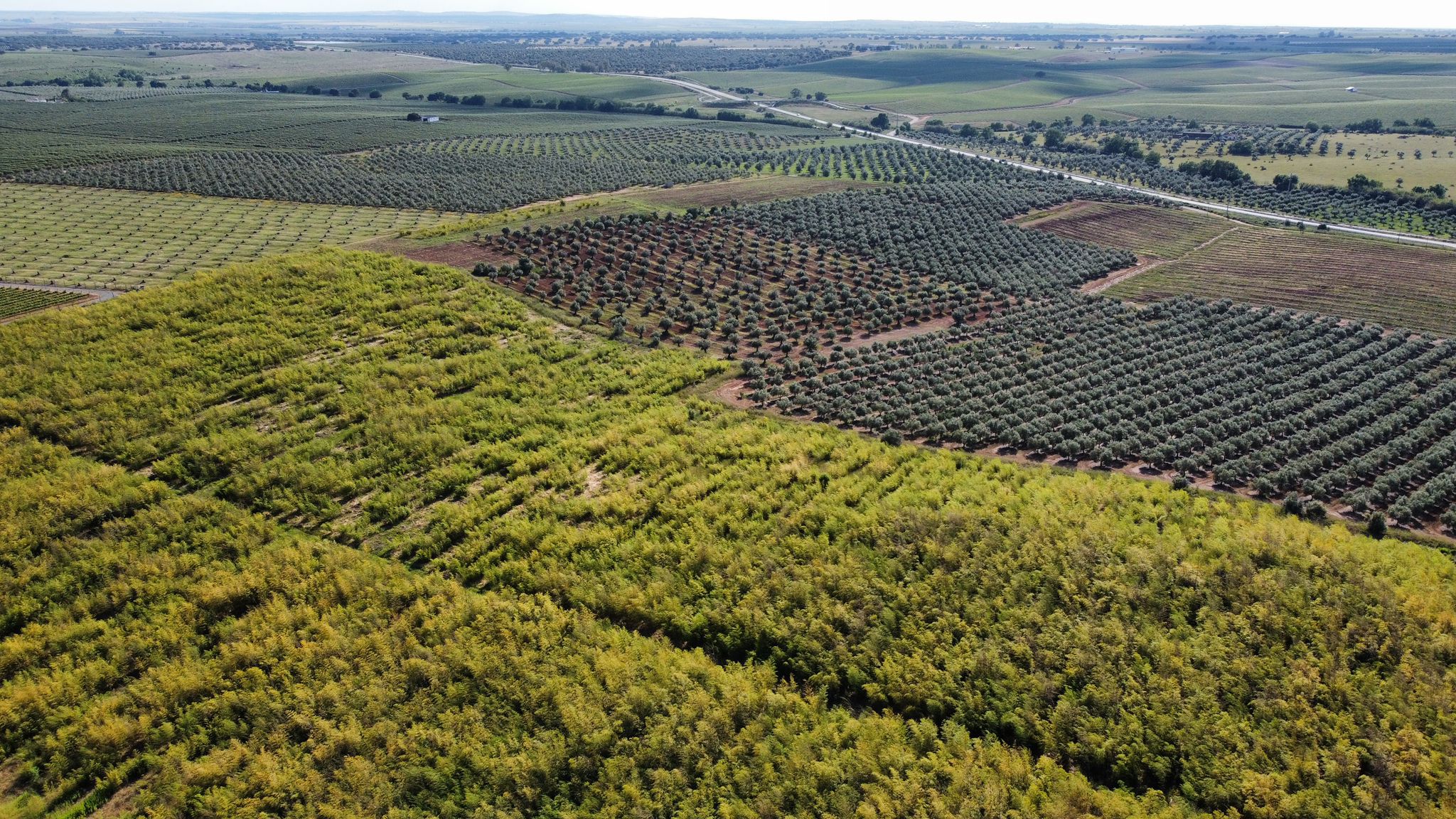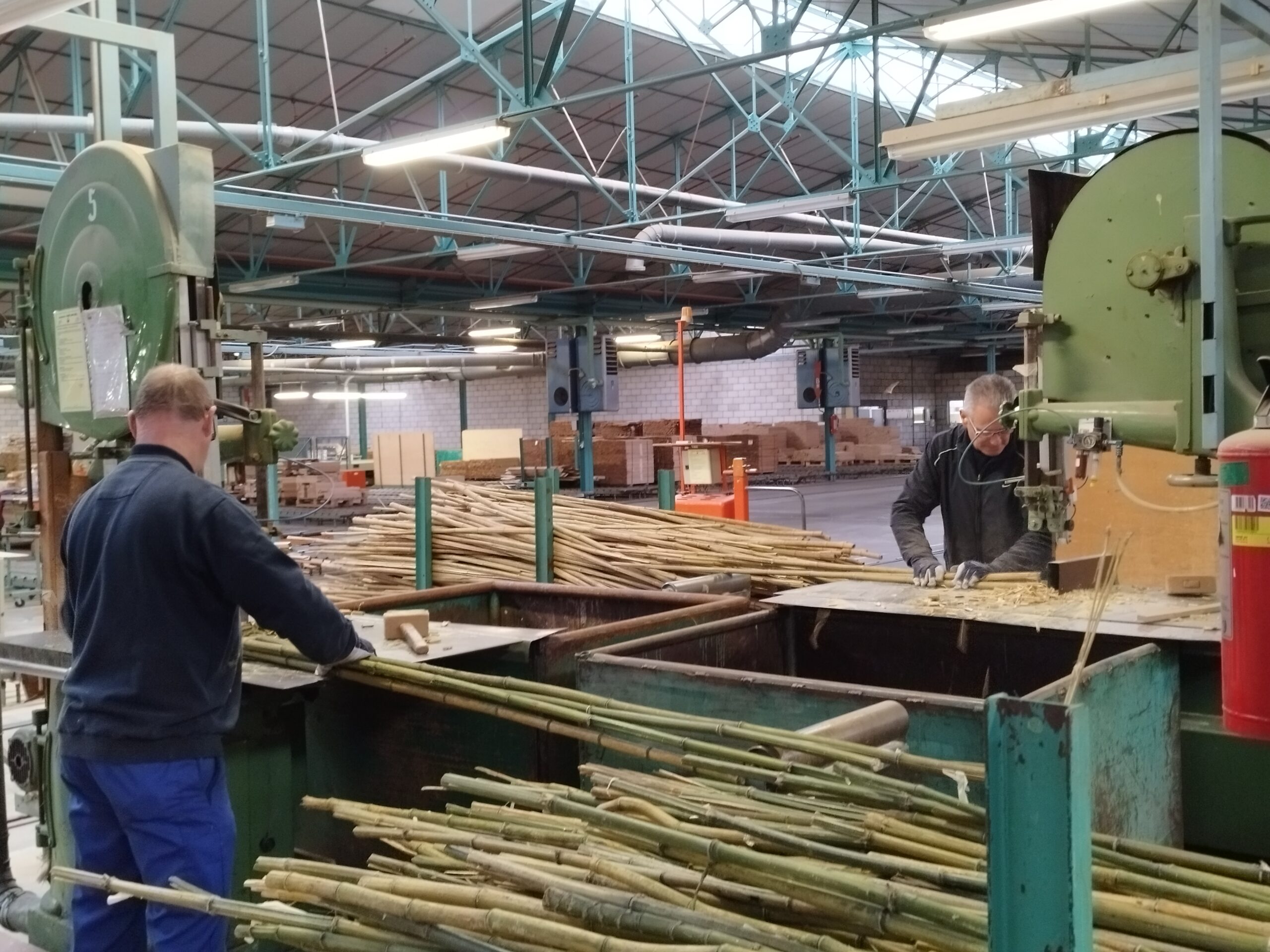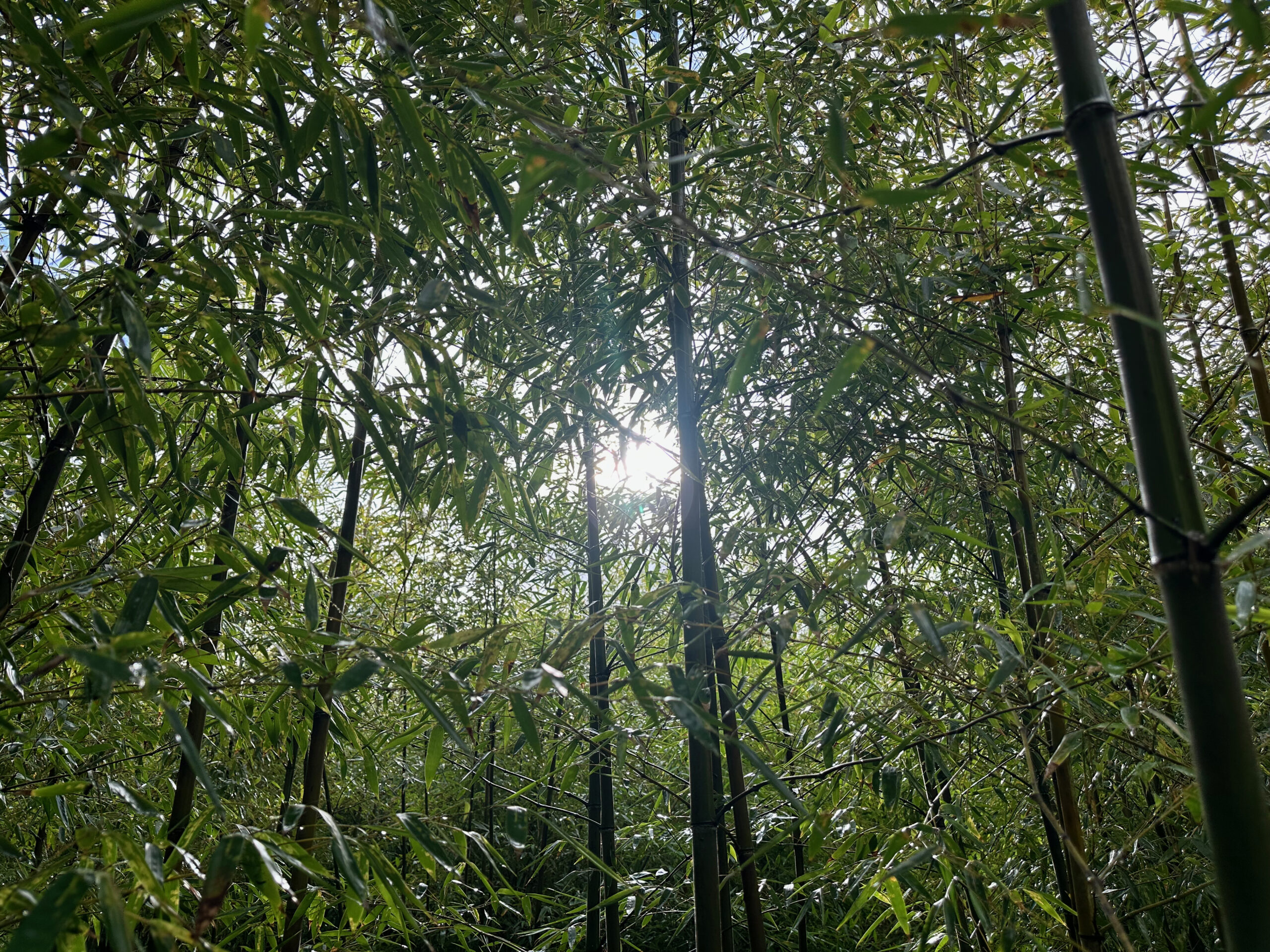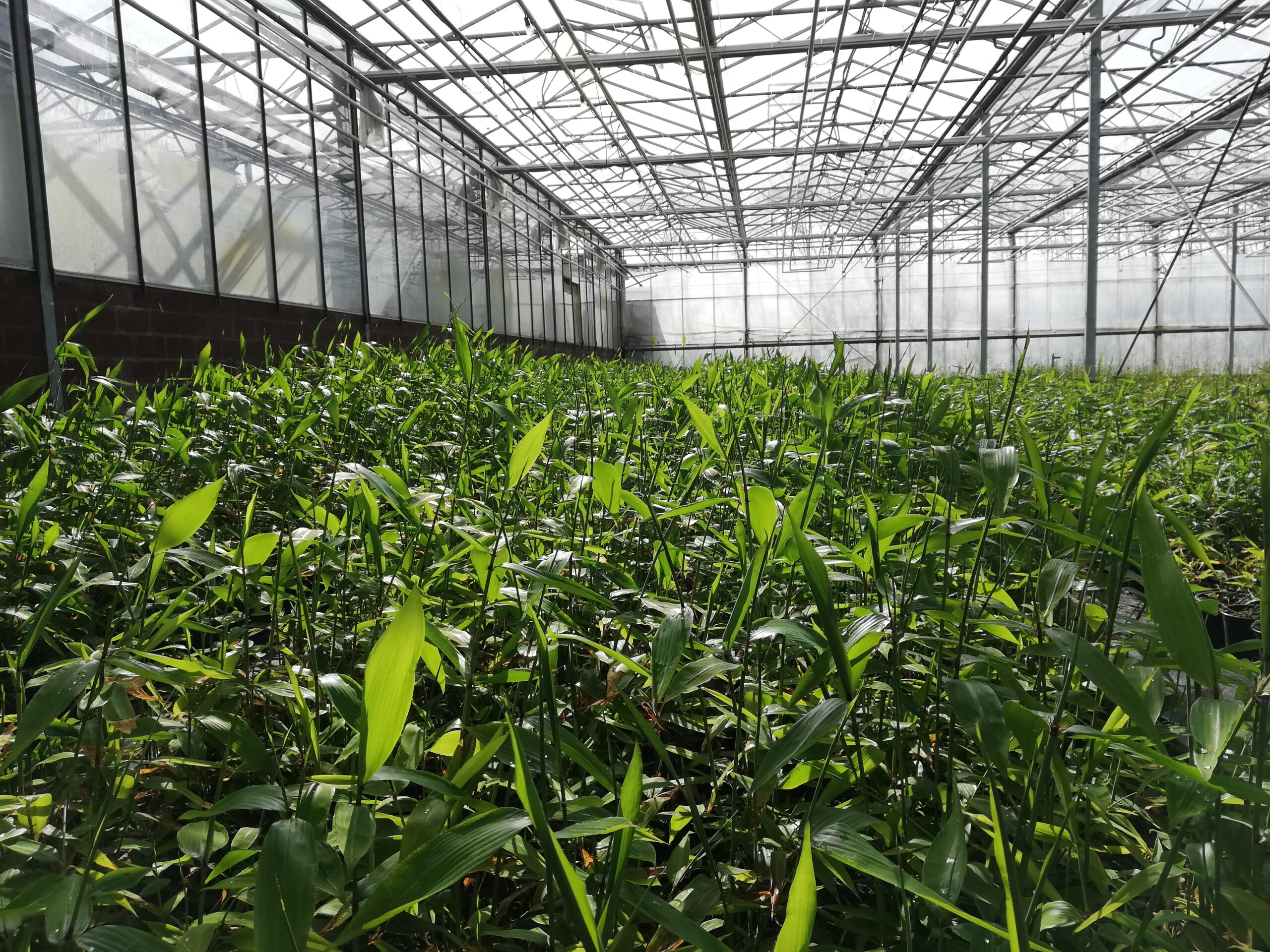
European bamboo
A sustainable supercharger, cultivating a greener tomorrow, today
Discover our new platform for carbon removal certificates!
A new and easy way to offset your CO₂. Through our new carbon removal certificates platform you can support our bamboo farmers across Europe, support local biodiversity and lower your carbon footprint. Supercharged by bamboo and recognized by the European Union.

Bamboo field Vidigueira
What makes BambooLogic unique?
- Leading in Europe on providing bamboo for the biobased industry
- Bamboo farm network in 7 European countries
- Team with bamboo experience since the 1980s
- From plant propagation to market acces
- 14 B-to-B & B-to-C sales points in 10 European countries
- Bamboo carbon removal credits
Our activities

Grow

Process

Sell

Benefits of bamboo cultivation in europe
- Locally grown: short chains, product availability, empowering E.U. agriculture
- Low footprint: Pesticide free, water efficient, minimal transport & sustainable processing
- Green business opportunity within one of the biggest bamboo markets, Europe
- Sustainable alternative for tropical hardwood, PVC, steel, cotton, and composite materials
- Regeneration of degraded land & nature-inclusive farming
- Bamboo fields are efficient nature-based carbon sinks
- Contributing to 8 U.N. SDG’s
________
A podcast with Dr. Hans Friederich
– BambooLogic Partner, Senior Advisor, ex-INBAR General Director & ex-EU director of IUCN –
about bamboo farming in Europe.

fast
Bamboo is the fastest-growing type of grass on the planet. As an ideal alternative for wood, bamboo grows much faster than trees and yields more wood. Above all, bamboo can be harvested every year, without clearcutting.

sustainable
Thanks to its unique properties, every part of the bamboo plant can be used. Bamboo absorbs more carbon than trees, regenerates soils and retains water. No pesticides are used, tillage and clearcutting are out of the question. When you invest in bamboo, you invest in nature and climate.

growing market
Bamboo is present in almost every household. The bamboo market is expected to grow exponentially in the coming years. Europe is currently the largest export market for Asian bamboo products. For many applications European grown bamboo is suitable. That’s why investing in bamboo in Europe is a good portfolio diversification.

strong & versatile
The versatile bamboo is processed into thens of thousands of applications. It has a larger tensile strength than steel and is the ideal raw material for composite materials, while on the other hand, it is used to produce ultra-soft textiles. It’s one of the most versatile renewable commodities and thus a good investment.







